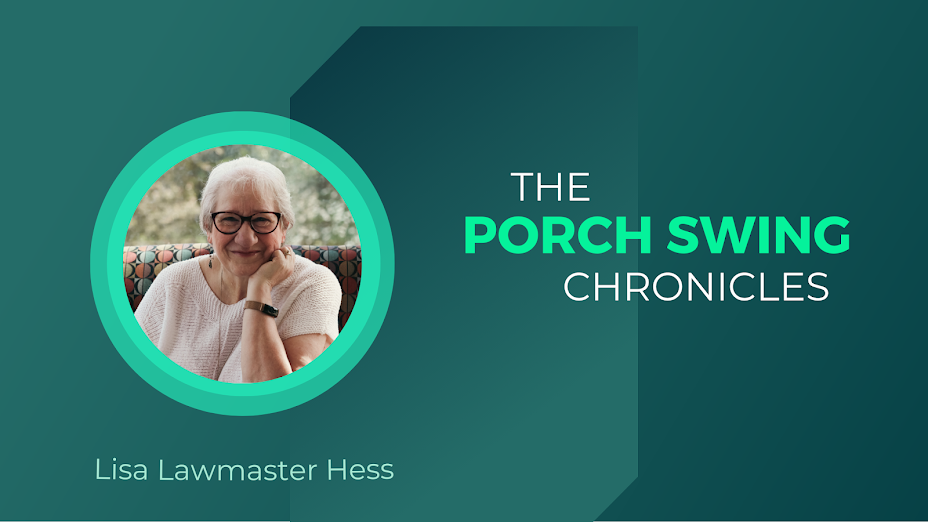The Mouse that Inspired: Lilly’s Purple Plastic Purse
Back in March, I was asked to participate in a blog hop, sharing a book that had meaning to me as a parent. An abbreviated version of my response appears on the Books Make a Difference blog, but the original is below. Former students are likely to recognize this wonderful book, as I used it often in second grade classrooms
.
When I was a little girl, my father used to recite The Night Before Christmas to my sister and me every Christmas Eve. He told the story from memory, a tradition he has continued with his grandchildren, though geographical separation has necessitated a shift to long-distance storytelling. Last Christmas, circumstances conspired against our phone call. It was the first time in many decades that I didn’t hear my father tell the story (still from memory) and I missed it.
Certain stories and books have a way of weaving themselves into the fabric of our lives. When my daughter was small, Kevin Henkes’ masterpiece, Lilly’s Purple Plastic Purse, was one of those books.
Okay, I can hear you. Masterpiece? A book about a purple plastic purse? And, if you’re familiar with the story, you may be recalling the rodent protagonist as well, wondering how rodents and plastic purses can possibly be the ingredients of a masterpiece.
But they are. In addition to charming characters who transcend mousehood to deal with anger, disappointment and frustration, Henkes provides illustrations that appeal to not only the child listening to the story, but also to the adult who is reading it.
But parenthood is not all cuddling and storytelling. Some days are hard on both sides of the family equation. At the end of one particularly challenging day, when I kissed my daughter good-night, a line from Lilly came to mind. I reminded my own child, as Mr. Slinger had reminded Lilly, that “Today was a difficult day. Tomorrow will be better.” We both giggled, and a tradition was born.
My daughter is 16 now, and some days still require that reminder at bedtime, just as I still require my dad’s story at...well, more than 16.
As parents, we hope to weave messages of inspiration into our children’s lives. But some days leave us devoid of inspiration.
And on those days, I’m grateful for the masterpiece that is a beautifully rendered picture book.



I loved reading all of Henke's books with my kids, but that was probably one of my favorites as well. My oldest girl is 13, and I often tuck her in at night with those same words, although I never thought about where they came from. 13 is such a hard age, but I sometimes need that reminder as well.
ReplyDeleteIsn't it great how books can shape our lives, leave rich traditions, and help to give us a bit of perspective at the end of the day?
I think this book remains one of my all-time favorite books -- it's right up there with the best books for adults. His ability to do what all children's authors are advised to do -- make the book just as much fun for the adult who's reading it over and over again -- is just phenomenal. I used this book in second grade classrooms as a an anger management lesson, and made sure to write "Mr. Slinger's" phrase on the board before I left the classroom.
ReplyDelete14 was harder here than 13 (but might have started at 13 1/2 now that I think of it). The mother-daughter dynamic is actually easier now at 16 than it was then. In retrospect, I think 14 was about the same kind of declaration of independence as 2 -- but with a bigger body and better verbal skills. LOTS of verbal skills….
Thanks for reading, Heidi!!